
INTRODUCTION
This has been a year of significant growth and change. For the third year in a row our Advancement team has had a banner year. Today is the May 1 deposit deadline and Undergraduate Admission appears to be closing in on its first-year enrollment target of 835 students. Graduate enrollment, though it continues past May 1, is well ahead of last year. We have in progress, or in view, about $200 million in construction and reconstruction. And you and the Provost have been working at an important plan for Academic Renewal.
ACADEMIC RENEWAL
Let me begin with the last project, since it is on many people’s minds. I would like to make two points, one about the genesis of the effort, the other about the design.
In the big picture our undergraduate enrollment has been fairly steady. The 15-year average is 832 students. The 5-year average is 825. Last year we enrolled 831. This year we are closing in on a target of 835. In recent years graduate and Law School enrollments have been falling. While our undergraduate enrollments have been generally steady, our costs have gone up. We compensate somewhat with tuition increases and unrestricted giving. But in the long run we need to grow our population.
While we work at this, the Board of Trustees (which approves both tuition and budget) has insisted that we behave in a fiscally prudent manner. In 2014 the Finance Committee asked me to make $10 million in cuts in the academic area by 2018. We are still $3.5 million short of that goal.
Other parts of the University have borne their share of the burden. You will recall the staff layoffs we made three years ago. In the three most recent fiscal years my office and the VP for Finance have reduced our budgets more than any other sector of the University. This has paid off. Current projections for FY18 indicate a slight positive margin. We have drafted a balanced budget for FY19.
I don’t want to get too far afield from Academic Renewal, but I need to add one more point. The board and I agree that in addition to reducing expenses we need to make investments that grow our revenue. No one ever cut themselves out of a financial bind. In the last three years we have made significant investments in Enrollment Management, Advancement, Graduate Enrollment and Recruiting, and initiatives to improve retention. These are starting to pay off.
Let me return now to the second point I want to make about Academic Renewal. I am pleased and proud of the spirit in which the effort has been pursued. And I want to compliment the Provost on the thought that has gone into it. The board’s Academic Affairs Committee is fully apprised of the plan and shares my good opinion.
The plan has three features that make us better, not just more prudent. First, it finds the necessary economies without cutting any school, department, program, or course. The Faculty Handbook would permit that sort of amputation (along with the attendant faculty layoffs), and we have done so in the past. But this plan is more tailored and modest. I have heard some concern about the effect even this focused plan will have on tenured faculty. But in the proposed reduction of 35 faculty, as of this morning only 5 or 6 are tenured positions, and we are working to get that to zero if at all possible.
And best of all, from the students’ perspective, this is actually a change for the better. The second feature I like about the plan is that it puts our best teachers in front of students more often. The proposal to meet the Faculty Handbook’s 3-3 norm for course loads in undergraduate and professional schools and departments means that we will devote our most precious resource, our tenure-track faculty, to educating our students. As a parent, I can’t think of a better reason for enrolling my child here.
Third, the plan calls for enhancing our research reputation as well as our teaching -- by growing grant funding, renovating laboratories and performance spaces, and improving support for faculty and student research.
I know that the Senate’s Ad Hoc Committee and the Provost continue to meet, in the strong hope that we will come to a consensus on the plan to bring to the Senate on May 9. I want to thank the members here for their work.
ADVANCEMENT
I said that in addition to reducing expenses we were investing in several parts of the enterprise that generate revenue. Let me speak first about Advancement, where the results have been particularly gratifying.
Here is a look at the University’s fundraising results over the past dozen years.
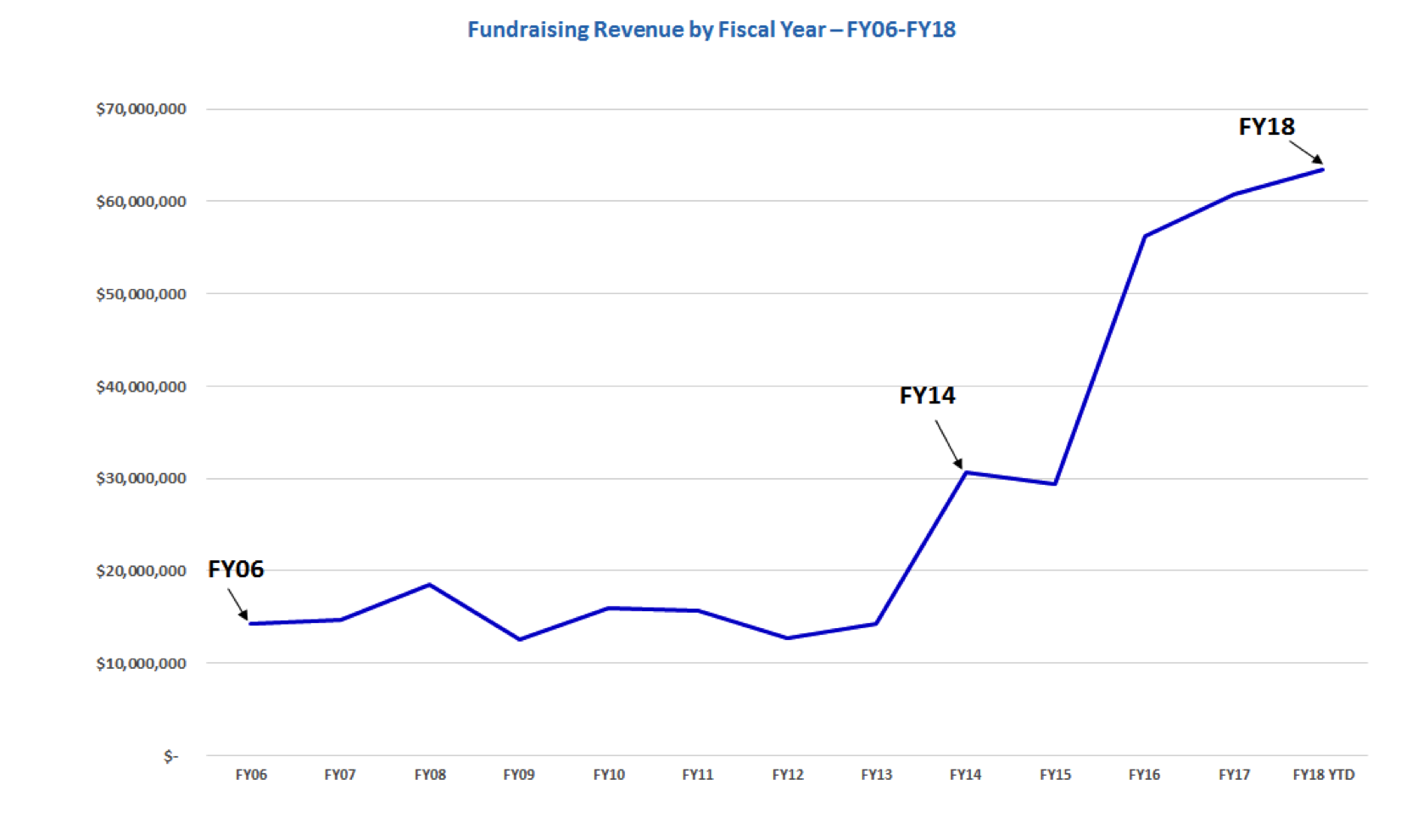
As you can see, we were fluctuating in the $12M-$18M range when I arrived in FY11.
We began to get on our feet in FY14. In FY16 we made a major investment in our operation, and began planning a comprehensive campaign that will run through FY22.
We are still in the quiet phase of that campaign, and are off to an excellent start. The Advancement team is working with the deans of our schools to refine their priorities and build their prospect pipelines. This year we will be wrapping up the messaging and case development for the campaign, and getting a more refined sense about what our goal should be. This fall Advancement will convene a faculty working group. We plan to launch publicly in 2019.
People often ask how these efforts relate to the operating budget, and with projects like the Academic Renewal, which seem concerned with economizing at a time when our fundraising is growing. Here is a picture of the money we raised this year, and where it goes.
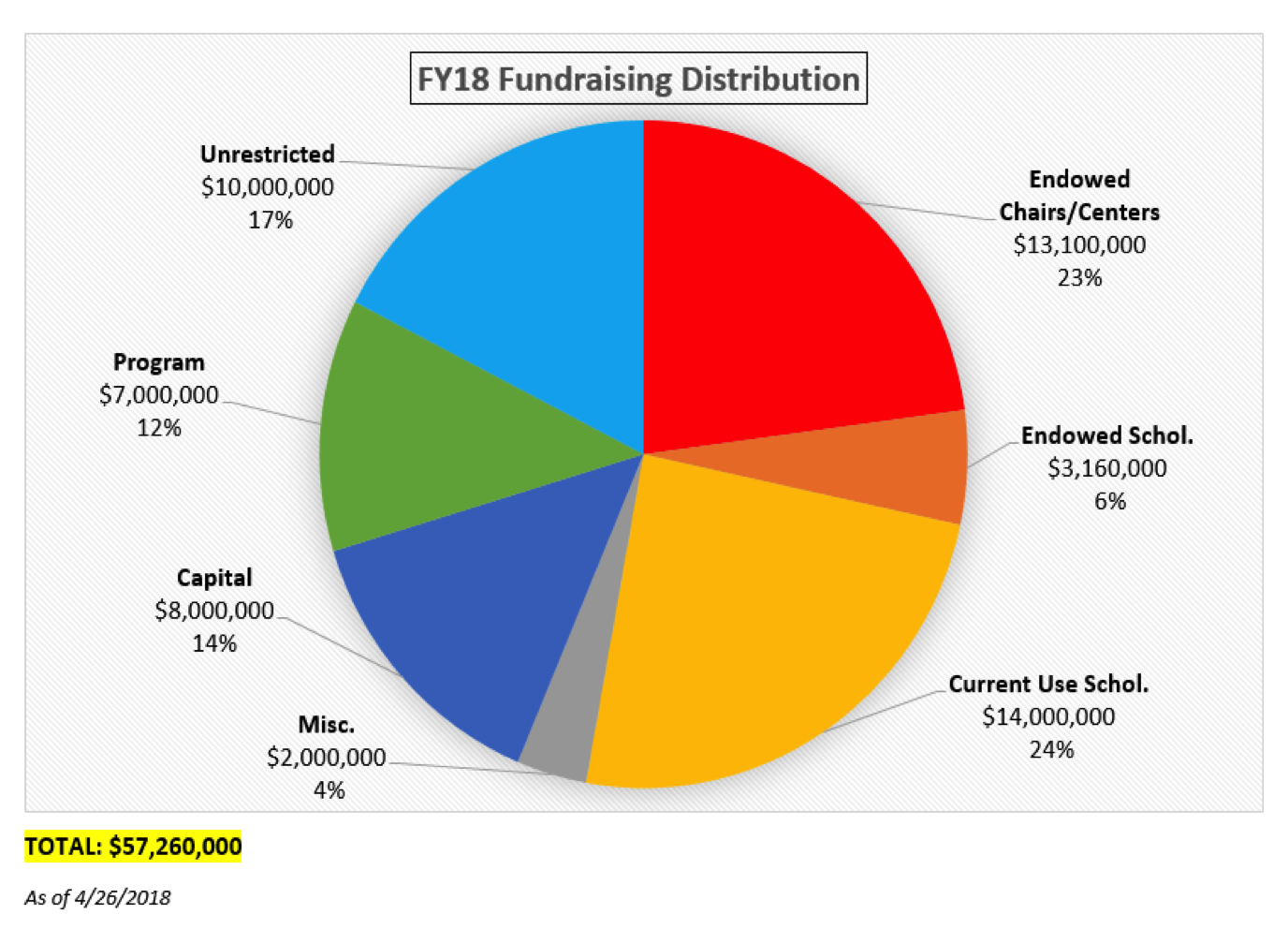
Notice first that most of the money goes to support the academic enterprise -- endowed chairs ($13M), scholarships ($17M), programs ($7M) -- and another $10M is unrestricted. This is why we are working with deans and faculty to prepare for the campaign, and the result of that work. Theology and Religious Studies this year raised more than $10M to endow professorships and academic centers. Nursing got a gift of $13M for scholarships.
So why doesn’t all this money relieve the strain on the operating budget? Two reasons. First, gifts for endowments and capital projects can’t be spent in the operating budget. Endowments give us 4.5%/year to spend once they are up and running, and on a $1M gift that’s $45,000. $6M given for a new dining hall has to be spent on the dining hall.
Second, gifts are counted in a campaign in the year they are pledged, but we don’t have all the money in hand yet. So a five-year pledge of $250,000 for a scholarship or a particular program gets counted this year, but only gives us $50,000 to spend. Advancement results are significantly better than they have ever been, and are a good picture of the future, but alone they don’t solve all of the current budget issues.
Speaking of the future, I want to say a last word about annual giving this year. My thanks to those of you who participated in the Founders’ Day Challenge. 1,786 people gave that day, and we raised $726,702 in one day. 200 of those were University faculty and staff, 10.5% more than last year. Our annual fund is now approaching $2M, and our participation rate has finally climbed into double digits. The most enthusiastic participants have been our students. More than 40% of seniors have made a gift to the University. By commencement we hope to reach 50%.
Our investment to increase outreach and giving opportunities is building a larger base of annual donors and a culture of giving (especially among our younger alumni), which will help build revenue for our operating budget over time. While we still have a long way to go on alumni giving participation, the percentage point increase over the past three years is an encouraging sign.
ENROLLMENT
For all the success we have lately had in advancement, we are still largely a tuition-driven university. Two-thirds of our annual operating budget comes from tuition and auxiliary services. We watch enrollment figures very carefully. So does the Board of Trustees. The Finance Committee gets regular reports from our VP for Enrollment Management. Last fall the board created its own Ad Hoc Committee on Enrollment to study our performance.
There are three important things to look at in measuring enrollment: new freshmen, retention (freshman to sophomore, and sophomore to junior), and graduate enrollment.
CONSTRUCTION AND RECONSTRUCTION
I want to say a few words about construction projects. Let me begin with why we are focused on the things we have chosen. There is a lot of building and rebuilding we need to do -- far more than we can afford. We ask two questions to help us set our schedule of priorities. First, how will we pay for it? Second, what will it contribute to growing enrollment?
Here are some examples of the first. We are spending $60M in borrowed funds to rebuild out utility system and improve HVAC, waterproofing, and fire safety. We chose this project because careful study by Constellation Energy showed that we could save more than $2M a year by making the improvements and pay back our loan in 23 years.
We are rebuilding Maloney Hall because we raised $18M of the renovation costs in gifts from the Busch School board.
We ask the second question because the thing we need to do most urgently is grow our enrollment, particularly our undergraduate enrollment. Over the past three years we have invested a good deal in professional advice about several facets of this -- our price elasticity, student housing and dining, and sports and recreation. All our studies have told us that we are not competitive in the things prospective students look at: especially housing, dining, recreation, common space, and laboratories. Improving our marketing is important, and we are working on it. But at best that gets students to campus. It doesn’t help improve our yield.
I don’t want to review everything we are working on. Let me just mention a few that may be of interest to you.
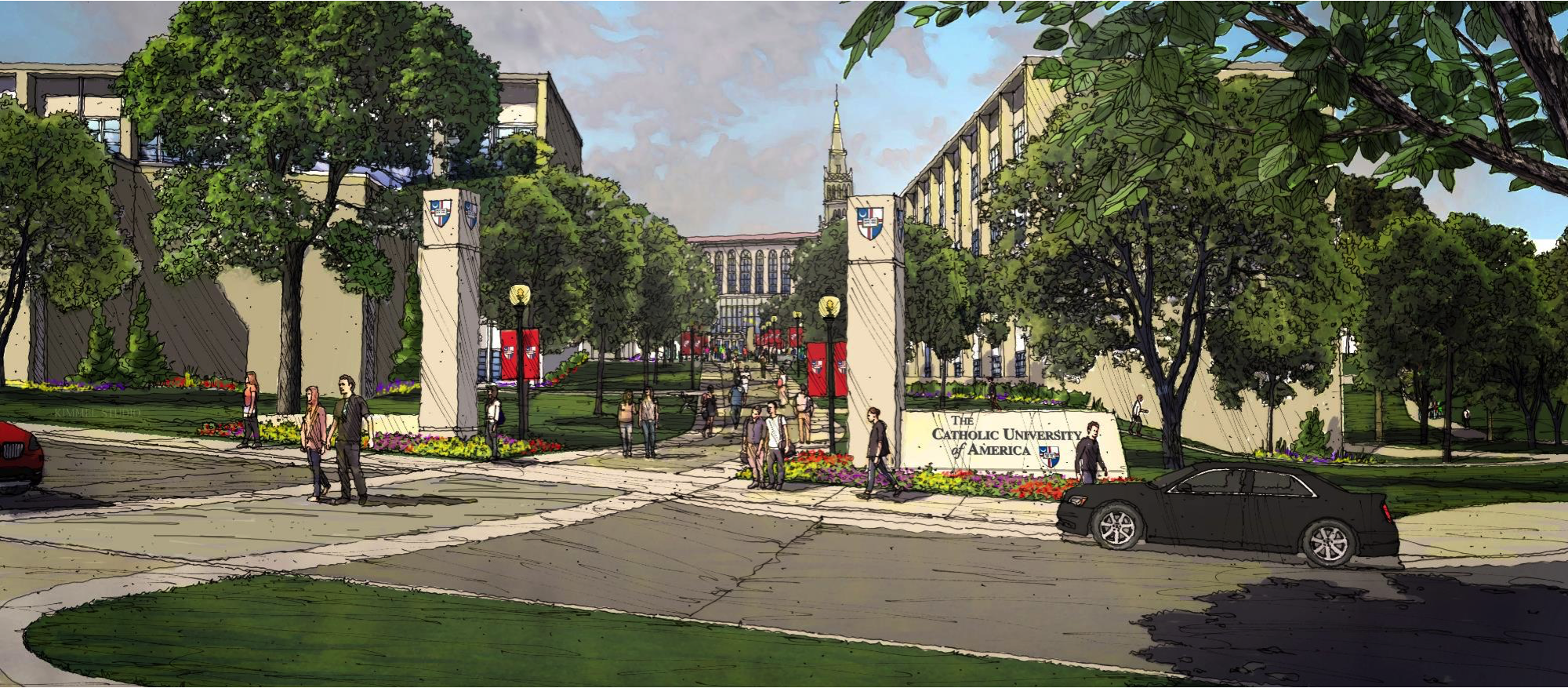
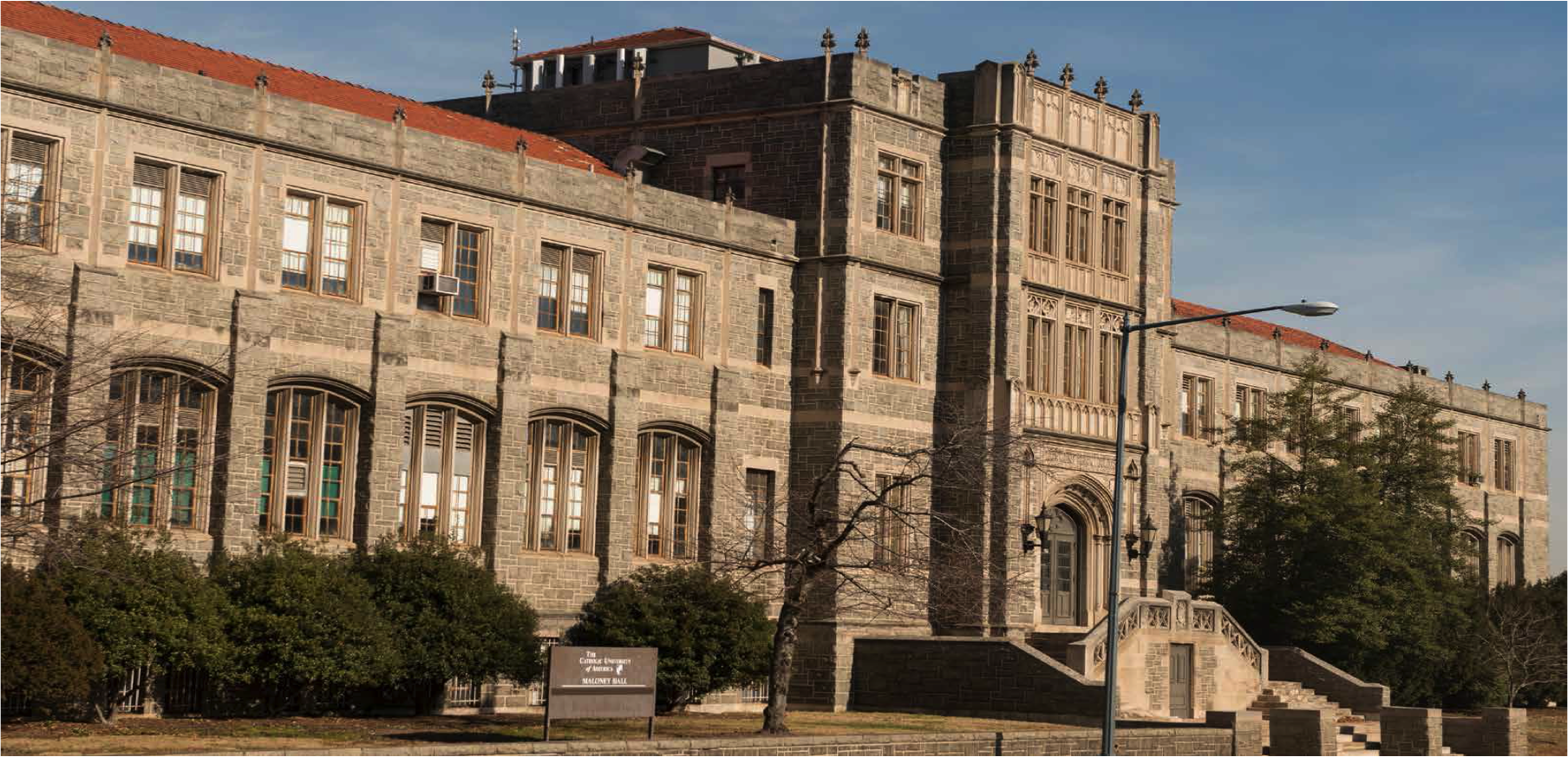
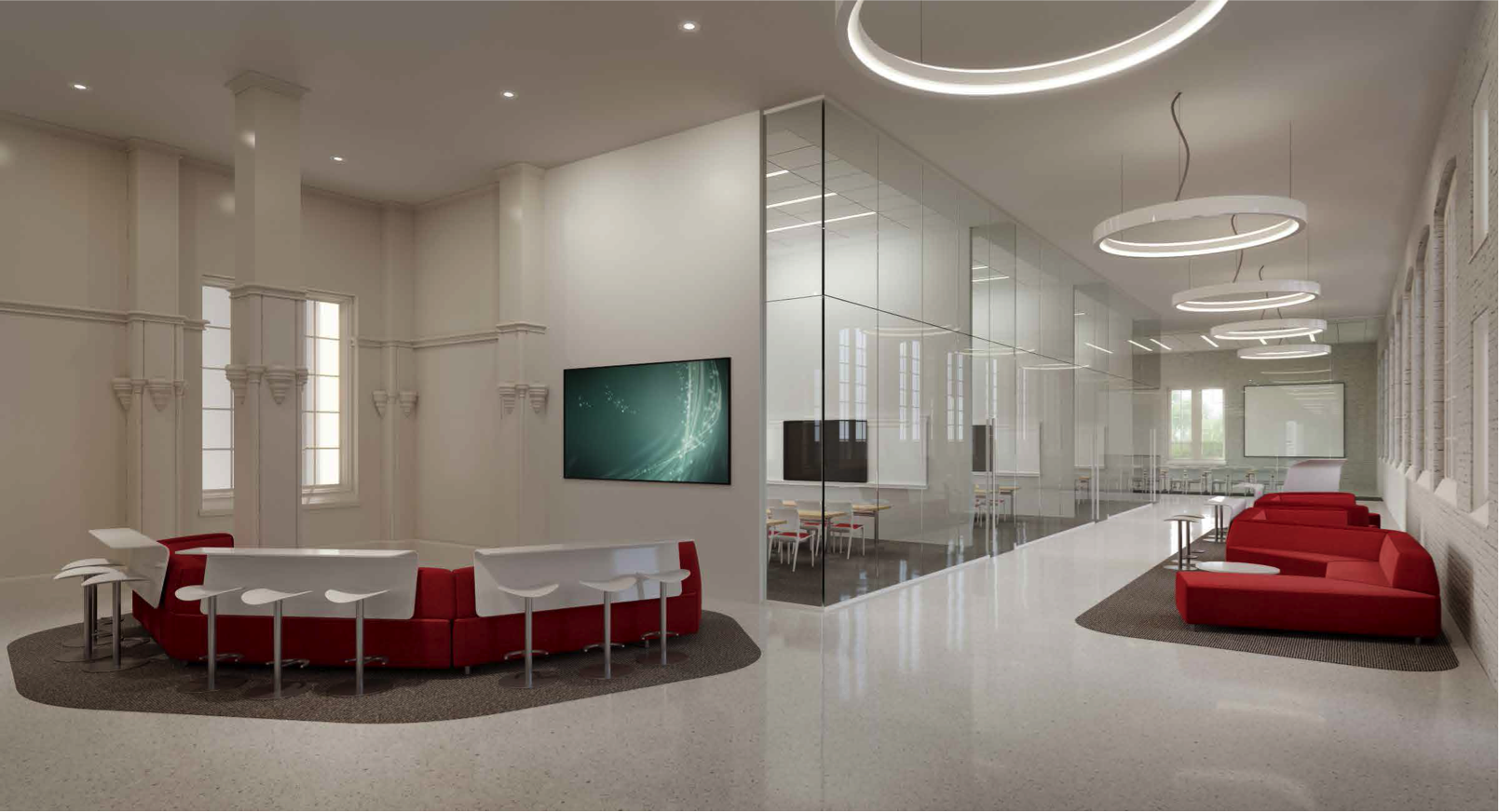
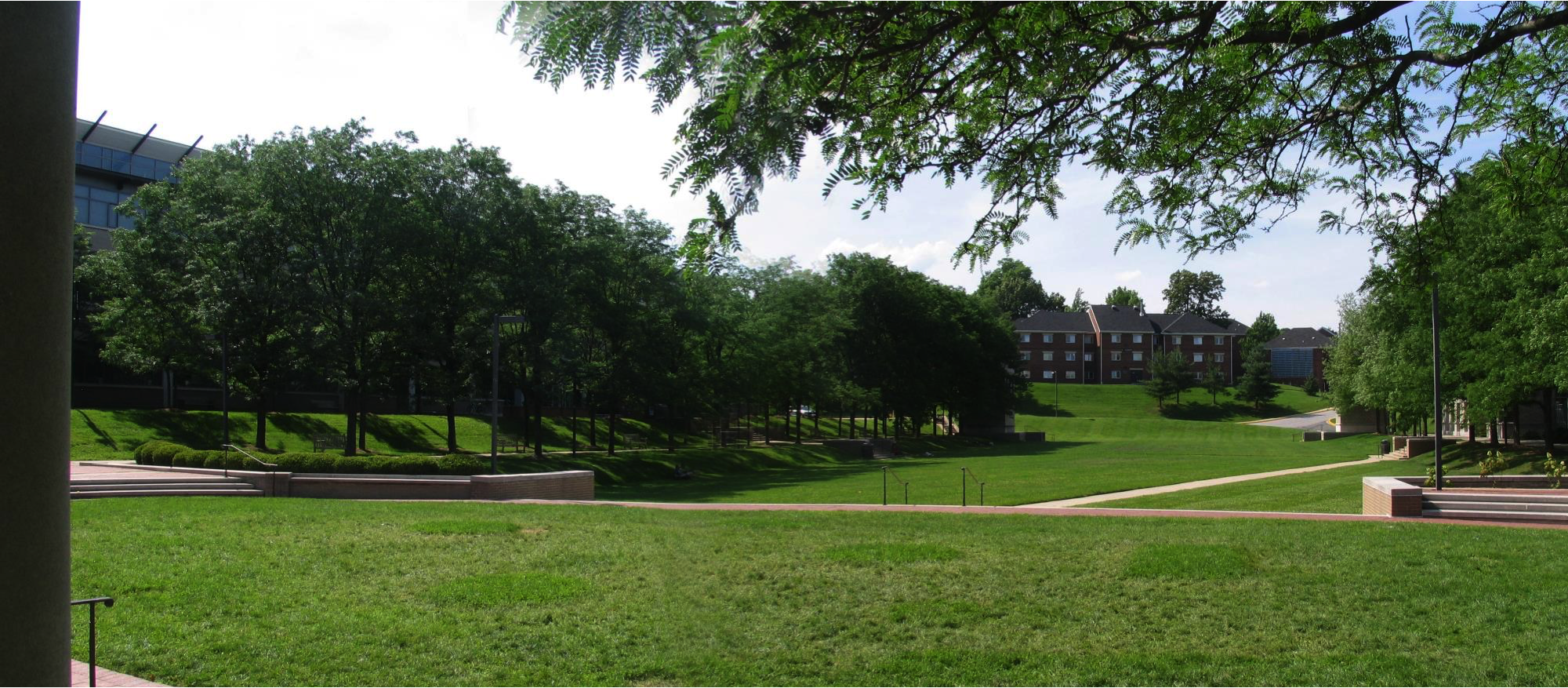
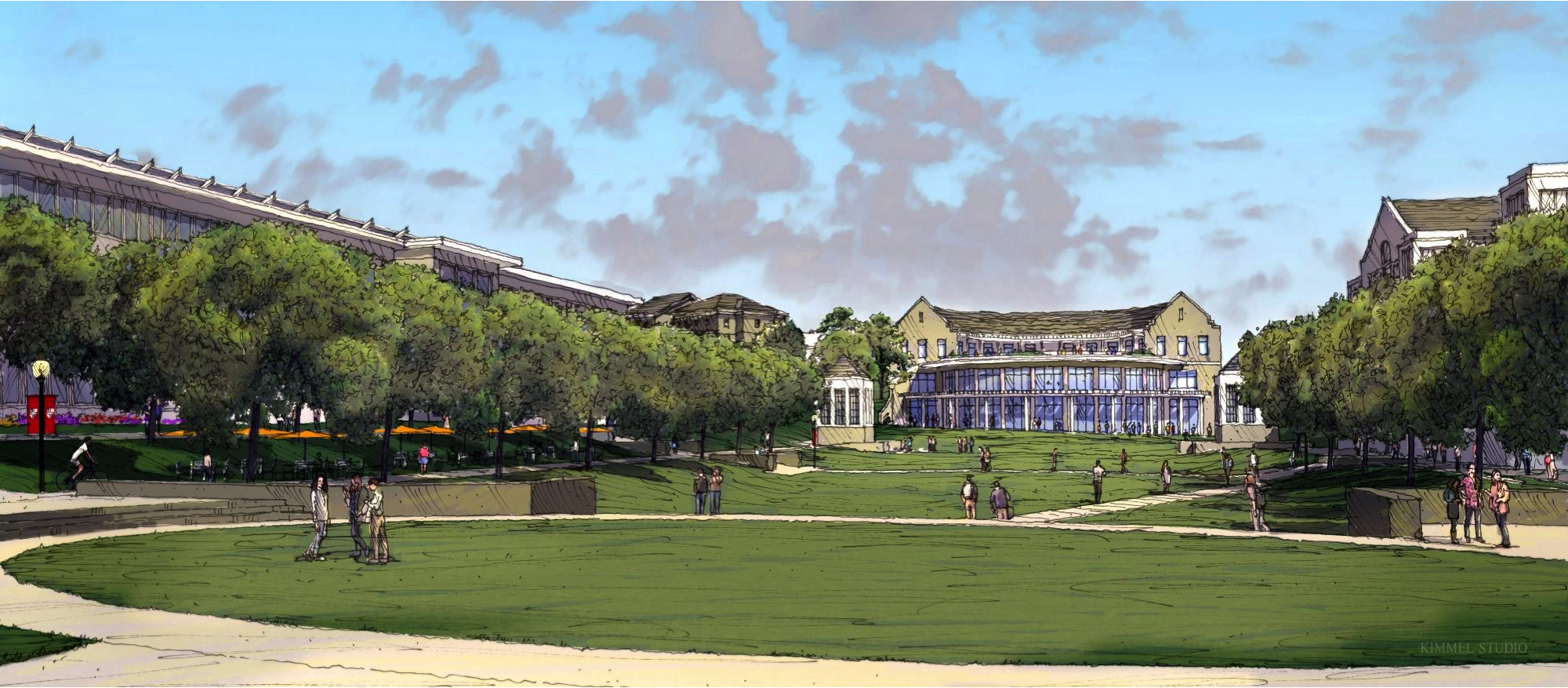
CONCLUSION
I want to close by thanking you all for the parts you have played in all these efforts. Each of you is an ambassador for the University, a recruiter, a spokesperson, and an advocate. Many of you have been actively involved in the Academic Renewal project. Many of you have given generously to the Annual Fund for Catholic University and encouraged your former students to do the same. Others of you hosted students visiting on Odyssey Day. Still others have helped develop a much more efficient system for processing graduate applications. I mentioned the work Student Life has done to grow our retention rate. But faculty are the most important people in our students’ lives; ultimately they stay because you are teaching them.
Thank you all very much for what you are doing to make this a great university.